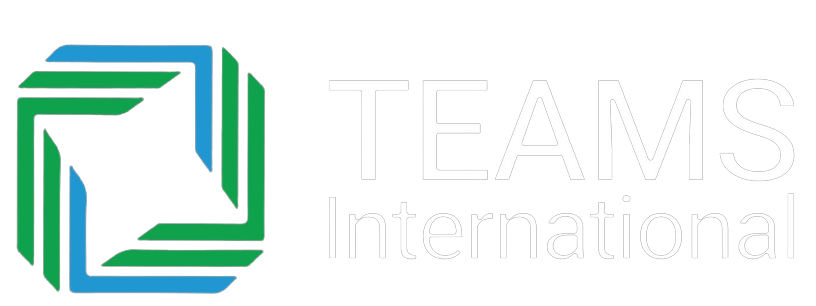This article explores the revolutionary role of Internet of Things (IoT) and cloud technology in revolutionizing indoor air quality (IAQ) management. By leveraging IoT devices to collect and transmit real-time data, and utilizing cloud-based software for analysis and control, building owners and occupants can ensure healthier and more comfortable indoor environments. Lets go through the potential benefits, challenges, and practical applications of IoT and cloud technology in monitoring and maintaining indoor air quality.
1. Introduction: Indoor air quality (IAQ) has a profound impact on human health, well-being, and productivity. Traditional methods of IAQ management have often been reactive and limited in scope. IoT and cloud technology offer a transformative approach by enabling continuous real-time monitoring, data-driven analysis, and proactive management of IAQ parameters.
2. IoT in IAQ Monitoring: IoT devices such as sensors, monitors, and actuators play a pivotal role in collecting a wide range of IAQ-related data, including temperature, humidity, volatile organic compounds (VOCs), carbon dioxide (CO2) levels, particulate matter (PM), and more. These devices can be strategically deployed throughout indoor spaces to provide comprehensive coverage.
3. Data Collection and Transmission: IoT devices gather IAQ data and transmit it to cloud-based platforms via wireless networks. Cloud technology facilitates seamless data aggregation and storage, enabling easy access and analysis from any location. This data forms the foundation for informed decision-making and prompt action.
4. Cloud-Based IAQ Management: Cloud-based software offers advanced analytics and visualization tools, empowering stakeholders to interpret IAQ data trends and patterns. This insight facilitates timely interventions and preventive measures to maintain optimal indoor environments. Furthermore, cloud-based dashboards provide user-friendly interfaces for real-time monitoring and control.
5. Benefits of IoT and Cloud in IAQ Management:
- Real-Time Monitoring: Continuous data collection allows for instant detection of IAQ deviations, enabling swift corrective actions.
- Predictive Maintenance: Data-driven insights help predict equipment malfunctions, optimizing maintenance schedules and extending the lifespan of HVAC systems.
- Occupant Health and Productivity: Maintaining healthy IAQ leads to improved occupant health, comfort, and productivity.
- Energy Efficiency: Precise IAQ control ensures optimal ventilation, reducing energy wastage and associated costs.
- Regulatory Compliance: Accurate data records simplify compliance with IAQ standards and regulations.
6. Challenges and Considerations:
- Data Security and Privacy: Protecting sensitive IAQ data and ensuring privacy is crucial when using cloud-based solutions.
- Integration Complexity: Proper integration of diverse IoT devices and cloud platforms requires careful planning and technical expertise.
- Maintenance and Updates: Regular maintenance and updates of IoT devices and cloud infrastructure are essential for consistent performance.
7. Practical Applications:
- Residential Spaces: IoT-enabled air quality sensors in homes provide real-time alerts and recommendations for improved IAQ.
- Commercial Buildings: Offices, schools, and healthcare facilities can benefit from cloud-enabled IAQ management to create healthier indoor environments.
- Industrial Settings: Manufacturing plants can optimize ventilation and mitigate airborne hazards using IoT and cloud technology.
- Smart Cities: IoT-driven IAQ monitoring contributes to healthier urban environments and informed urban planning.
8. Future Trends: As technology evolves, AI-driven predictive analytics and machine learning algorithms will enhance IAQ management, offering more accurate insights and automation capabilities.
9. Conclusion: IoT and cloud technology are revolutionizing IAQ management by providing real-time data insights, facilitating proactive interventions, and ensuring healthier indoor environments. Embracing these technologies empowers building owners, occupants, and society at large to breathe cleaner air and thrive in optimized indoor spaces.

